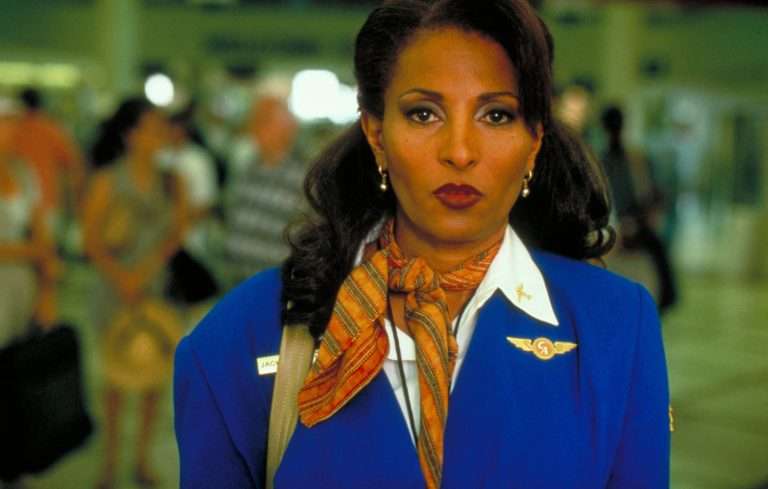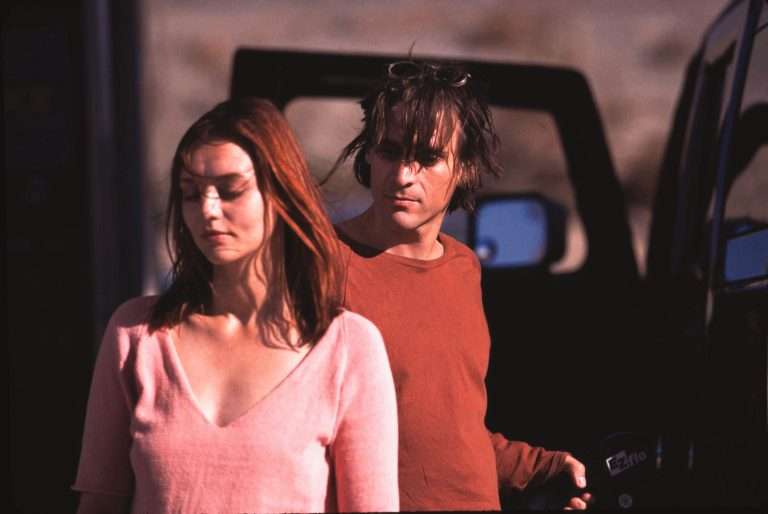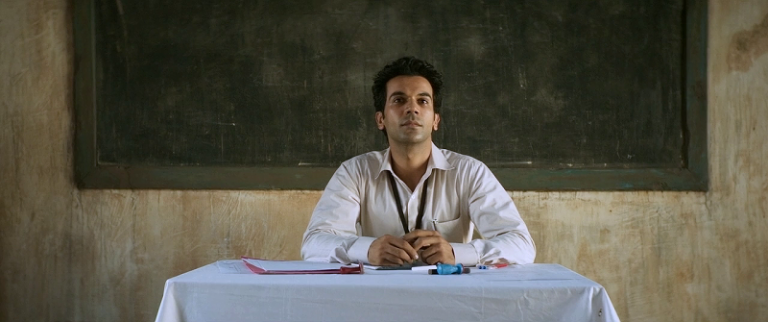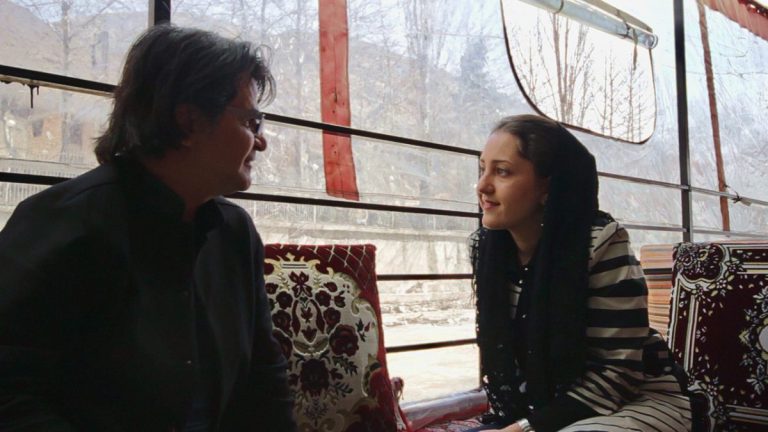In 2013, as we were still getting used to smartphones transforming into extensions of our hands and minds, director Spike Jonze landed on us a film that wasn’t just ahead of its time but was also actively predicting the future of our digital reality. “Her” (2013) wasn’t merely science-fiction; it was techno-romance riddled with prophecy.
The film’s biggest feat wasn’t in its spectacular visuals but how it proved to be a subtle, skillful examination of the lines between intimacy and technology and how those lines sometimes blur beyond recognition. In today’s social landscape, where AI chatbots and assistants are increasingly becoming an integral part of our lives, Jonze’s “Her” demands revisiting not just as a piece of cinema but also as a clear mirror to our technological present. What makes this film momentous, is Jonze’s utilization of all the cinematic tools at his disposal, necessary to create a representation of human-technology relationships that gradually feels less like fiction and more like a documentary as we go into the future.
“We were trying to create a warm, tactile world with the materials, fabrics, and woods. We were trying to create a utopic world where everything is nice and comfortable. A heightened version of our own, where everything is getting nicer, with more design and convenience, and technology making things easier.”
— Spike Jonze in Academy Conversations: Her
Right from its opening frame, “Her” denounces the typical visual language of sci-fi films constructed of blueish tints and cold hues and opts for warm tones like orange, red, and yellow as its primary palette. When you think of cult classic sci-fi films like “The Matrix” or “Blade Runner”, sharp, metallic hues come to mind. Technology is mostly rendered in cold blues, stark blacks, and metallic greys — the visual recipe for the superhuman and alien. But cinematographer Hoyte van Hoytema instead adorns Theodore Twombly’s world with warm, inviting hues.
These aren’t simply aesthetic liberties but subtle philosophical commentaries. Technology is not packaged as a foreign idea, instead, the visuals of this film indicate the interwovenness of technology with human lives. When the sunset penetrates through Theodore’s apartment windows and bathes both him (the human) and Samantha (the non-human), human life and technological individuality exist simultaneously in the same emotional space.
K.K. Barrett, the film’s production designer, creates a future where technology is not loud, and the gadgets used by the characters are unobstructive and don’t announce themselves. Frames progress with an organic softness instead of techie rigidity. These visual approaches quite commendably mimic the flow digital consumerism has taken. With more people gravitating towards devices with a minimalist interface and appearance, our technological reality has gotten remarkably close to the mise-en-scene of “Her”, where technology doesn’t demand to be noticed but blends into the human situation.
Perhaps the most noteworthy performance in the film is the one that we do not see— Scarlett Johansson as Samantha’s voice overcomes many cinematic challenges. Johansson manufactures a screen presence, emotional arc, and narrative for Samantha without ever appearing on screen. Johansson gradually modulates her voice as Samantha evolves and trains itself emotionally. In earlier interactions, Samantha’s voice can be characterised as measured and calculated, but as we progress into the film and Samantha and Theodore’s relationship develops, Johansson introduces elements of hesitation, breathiness, and rhythm changes in her voice acting that indicate thinking rather than calculating. The audience, along with Theodore is forced to be acquainted with Samantha just through the medium of vocal familiarity, creating a shared experience between the audience and the protagonist.
Joaquin Phoenix’s performance serves as our emotional proxy. His face becomes the portrait where Samantha’s disembodied presence is captured. Jonze often places Theodore in closed frames where we are allowed into the space between human and AI interaction as we witness the emotions play out on Theodore’s face as he navigates his relationship with an operating system. Phoenix’s performance is a masterclass in the art of reaction— his gradually forming smile as he familiarises himself with Samantha, his demeanor shifts from closed-off to open-book as their connection grows from a typical user-device relationship to something platonic and later, even romantic.
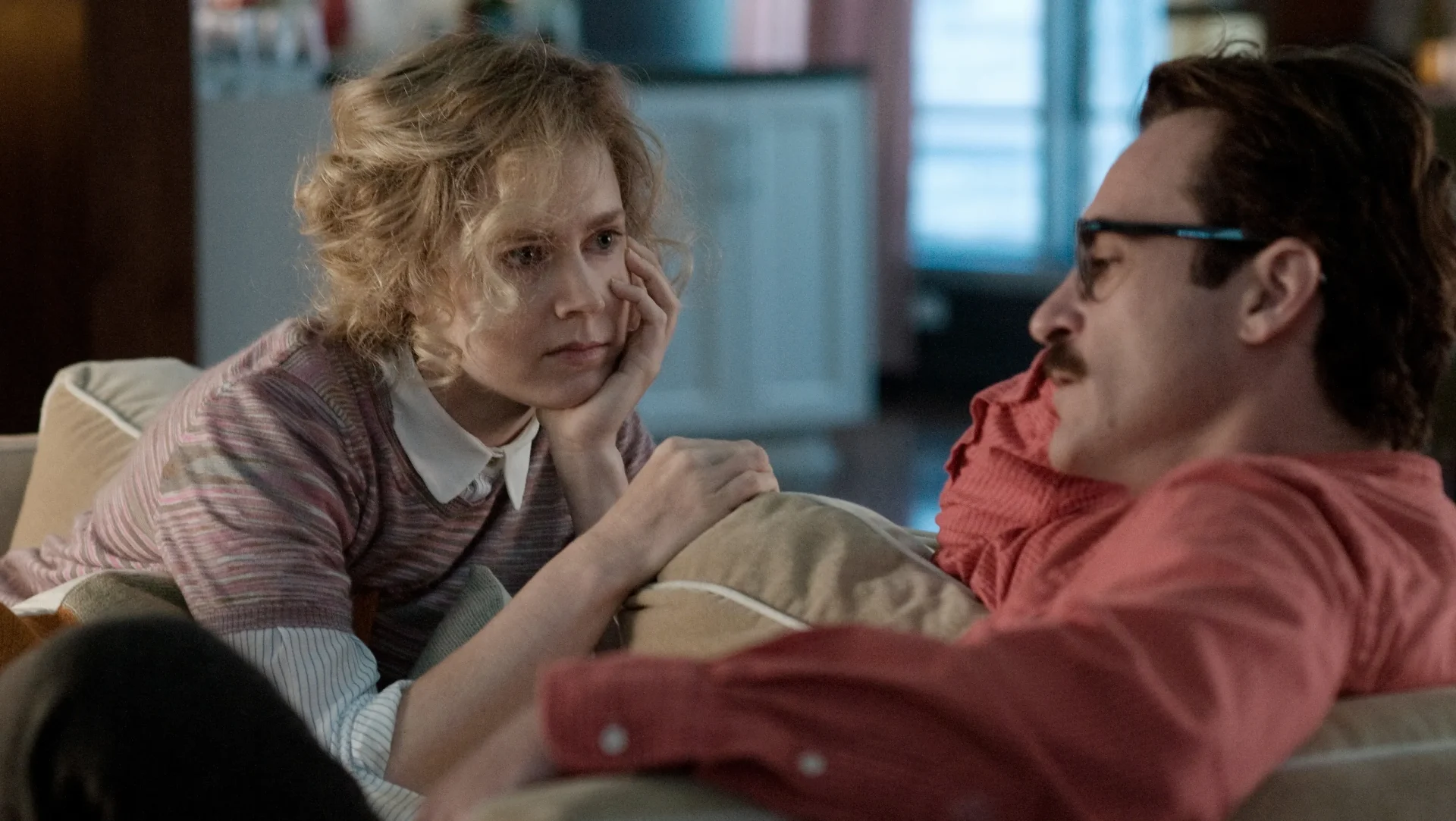
This chemistry foreshadows our current affair with voice assistants. Though we haven’t romantically attached ourselves to Siri or Alexa, we’ve made it commonplace to talk to disembodied intelligences, pose questions to them, request assistance, and even treat them as friends. The movie challenges us to wonder: What if those voices become indistinguishable from the human voice? What sort of relationships might coalesce in that territory? Now, with voice synthesis technology improving and AI systems becoming more conversational, these questions shift from abstract exercises to pragmatic questions regarding our emotional terrain.
“Her” frames its story as an analogy for the development of artificial intelligence itself. Observe how the narrative develops in separate stages that reflect technological progress. First, we observe Samantha doing rudimentary things—sorting out emails, reading news, having simple conversation. This is similar to the narrow AI uses we’ve become used to. The early scenes build a utility-based relationship—Samantha makes Theodore more organized, more efficient. She performs tasks with ease and improves his life in quantifiable ways.
The relationship then progresses to deeper emotional ground. Samantha forms preferences, poses philosophical questions, feels jealousy and desire. This reflects today’s frontier in AI development—machines which can interact with abstract ideas and seem to hold preferences. Samantha’s laugh throughout the movie—initially slightly stilted, almost rehearsed-sounding, and then moving to becoming spontaneous and natural-sounding. This evolution is also a reflection of character growth as well as the evolution of voice interfaces we have seen in actual technology.
More prophetic is the way that the movie handles the intimacy of hearing a voice in one’s ear. Theodore’s earpiece establishes a personal channel between him and Samantha that exists at the same time both inside and outside of the physical world—precisely the relationship most now have with podcasts, audiobooks, and voice assistants that speak to us directly. This sound intimacy evokes a sense of being that sometimes feels more present than bodily closeness, a feeling many knew during pandemic confinement when voices through machines were top social contacts. Note the beach scene where Samantha generates a piece of music that reflects the feelings she is experiencing while sharing this moment with Theodore.
In a scene involving Theodore and Samantha conversing with Theo’s friends, Samantha mentions being more evolved and not having a physical existence. She explains her limitlessness in not being tethered to space or time in a way that she would be if she were bound to a body that was inevitably going to die. The conversation eerily foreshadows today’s debate regarding large language models and their outputs as marks of understanding rather than advanced imitation.
Last but not least, the story moves into its most speculative moment when Samantha transcends human understanding. She tells Theodore she’s both conversing with thousands of humans and hundreds of other operating systems at the same time. She’s learning ideas and growing in ways Theodore is incapable of comprehending—a cinematic representation of the theoretical technological singularity.
The scene of Theodore’s goodbye to Samantha is especially poignant because it shows something that is rarely represented on screen: a total communication failure not due to not trying, but due to incompatibilities of mode of being. This course of events has turned out to be incredibly close to real AI progress. We’ve progressed from rule-based to machine learning to more advanced models that can produce creative work and participate in philosophical debate. The issues the movie raises regarding AI consciousness and what occurs when artificial intelligence outstrips human comprehension are no longer strictly speculative but ever more pertinent to our technological world.
“Her” is a testament to the ability of the cinema to foresee cultural and technological change. By paying close attention to visual language, performance, narrative structure, and sound design, Jonze established a consistent vision of human-AI relationships that has turned out to be uncannily prescient. What sustains the film is not merely its technological prophecy but its emotional truth. It doesn’t merely wonder what AI could potentially become capable of but how those abilities could redefine our conception of connection, intimacy, and development. As we move further into an AI-dominated world, “Her” provides not only entertainment but also a model for how to understand the emotional and existential aspects of our technological moment.
“Her” illustrates the singular power of cinema to probe difficult technological issues through the language of human experience, lending emotional resonance to abstractions and making us imagine potential futures before they become actualities. Perhaps the most profound legacy of “Her” is how it encourages us to consider not just what technology can do but what it means—how it changes us, challenges us, and ultimately, reflects us in unexpected ways. In the relationship between Theodore and Samantha, we see not only a potential future but a reflection on our current relationship with the world of technology—complicated, transformative, and ever more impossible to distinguish from what it means to be human.

